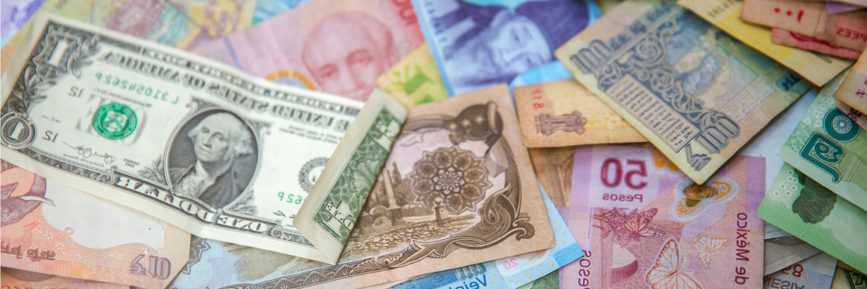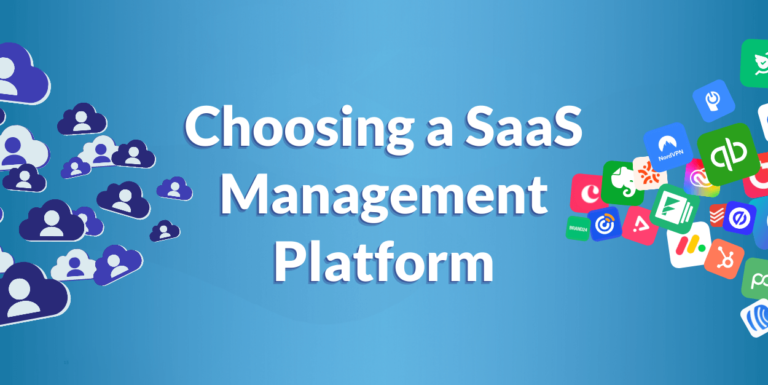Ad Spending During the Pandemic
Set to be a milestone year in business and economics, 2020 was quickly derailed by the Coronavirus pandemic. Efforts to combat the outbreak involved physical lock-downs at an unprecedented global scale. The enforcement of stay at home orders sparked a paradigm shift in our approach to spending, both as businesses and consumers. As people began working from home, time online increased. This led to a decline in traditional media, while digital media consumption rose.
Businesses were quick to jump on this trend; with consumers spending more of their day locked in front of screens, digital advertising became the belle of the lead generation ball. NachoNacho analysed this shift by observing cumulative advertising spend across our user base of over 2000 businesses. As expected, ad spending trended upwards since the beginning of lock-downs.
The chart above shows a peak in July that reflects a 216% increase in spending from April. The trend seems to draw a parallel to speculation about the future. The initial lock-downs in March provoked immense uncertainty around how the nature of business would adapt to the Coronavirus outbreak. Businesses responded to this uncertainty with conservative approaches, implementing more belt-tightening measures. Despite the expectation of negative impacts, the technology industry built on its established importance. More businesses looked to SaaS tools to boost efficiency, prompting an uptick in the number of users and time spent online. As more employers implement long term work from home policies, businesses are ensured a larger audience to target with marketing budgets.
This begs the question as to how businesses are reaching this extended audience. We take a look at the spending patterns during the same time-frame for three of the biggest ad vendors: Google, Facebook, and Microsoft.
Ad spending across these three respective services provides further insight into the trend of total ad spending. The expected impact of lock-downs pushed businesses to reduce expenses, however the quick adaptation of technology and digital consumers saw this behavior reverse for ad-related purchases. All three services saw a decline in June before reaching their highest figures for the year the following month. The change in spending on Microsoft and Google Ads was the same, going up by a modest 104% over this period. Facebook saw the biggest change in demand for its Ad service, with a significant 655% increase in spending for July.
The chart below shows a comparison of spending across the three services for 2020 to date.
Google Ads is by far the most popular as suggested by the significant difference in spending on the tool in comparison to Facebook or Microsoft Ads. The latter two services shared a largely similar trend, although Facebook Ads gained significant traction at the end of Q2 to trump Microsoft in total spending by consumers.
With an unclear timeline of returning to schools and offices, it’s likely that Ad spending will remain in the vicinity of these levels, continuing to cater to a largely screen-oriented audience. As seen in this report, ad spending loosely matches general market speculation, and is likely to fluctuate accordingly.
What data went into this report?
- We used data from the spending patterns of over 2000 businesses using the NachoNacho platform.
- All user purchases were performed using virtual credit cards, hence this report considered only successful transactions
- This report used the real monthly sum of the dollar amount spent on transactions with each ad vendor
- The chart titled “Total Ad Spending 01/2020-07/2020” includes spending on additional ad vendors outside of Google, Facebook, and Microsoft.
NachoNacho is a free to use tool to help manage your subscription expenses. Sign up today and start issuing virtual credit cards per subscription vendor.







